-
Fairy Tale Cottages in Carmel-by-the-Sea
Eclectic, charming, and private, Carmel-by-the-Sea was founded in 1902. It began as a haven for creative intellectuals. Designed by James Devendorf and Frank Powers of San Francisco, the village attracted famous artists, poets, musicians, and writers, including Robinson Jeffers, Sinclair Lewis, Upton Sinclair, Jack London, and Robert Louis Stevenson. Stevenson used Carmel as inspiration for his famous novel, “Treasure Island”.
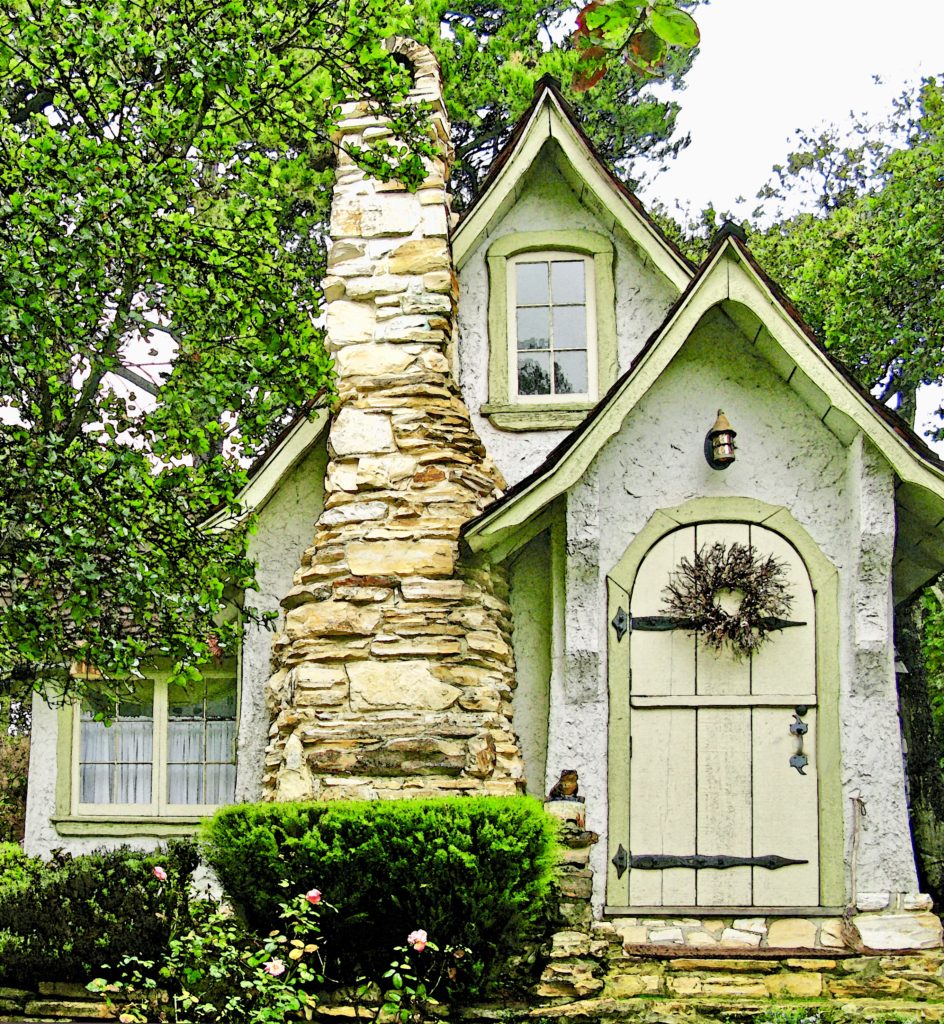 The fairy tale homes prevalent in Carmel originated with builder Hugh Comstock. Comstock built the first cottage as a studio for his wife, Mayotta, whose “Otsy-Totsy” doll business was booming. Although he had no training as a builder, he had the vision and ingenuity to create these whimsical buildings. Twenty-one of his cottages remain in the area today. Comstock is said to have been inspired by the illustrations of Arthur Rackham’s turn-of-the-century children’s books. His signature style included roofs with steep pitches, arched windows and doors, and rustic Carmel stone chimneys. As you wend and weave through the courtyards and quiet side streets of Carmel-by-the-Sea you will see many of these historical homes.
The fairy tale homes prevalent in Carmel originated with builder Hugh Comstock. Comstock built the first cottage as a studio for his wife, Mayotta, whose “Otsy-Totsy” doll business was booming. Although he had no training as a builder, he had the vision and ingenuity to create these whimsical buildings. Twenty-one of his cottages remain in the area today. Comstock is said to have been inspired by the illustrations of Arthur Rackham’s turn-of-the-century children’s books. His signature style included roofs with steep pitches, arched windows and doors, and rustic Carmel stone chimneys. As you wend and weave through the courtyards and quiet side streets of Carmel-by-the-Sea you will see many of these historical homes.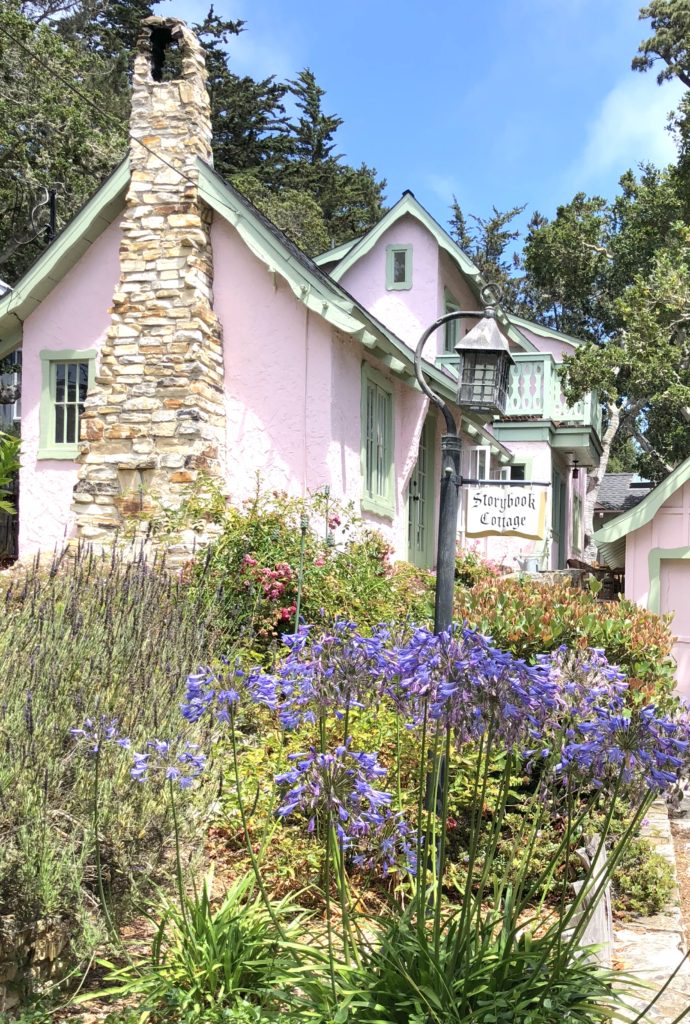
This Comstock home was built in 1927 as his studio, and later, as a home for his wife.
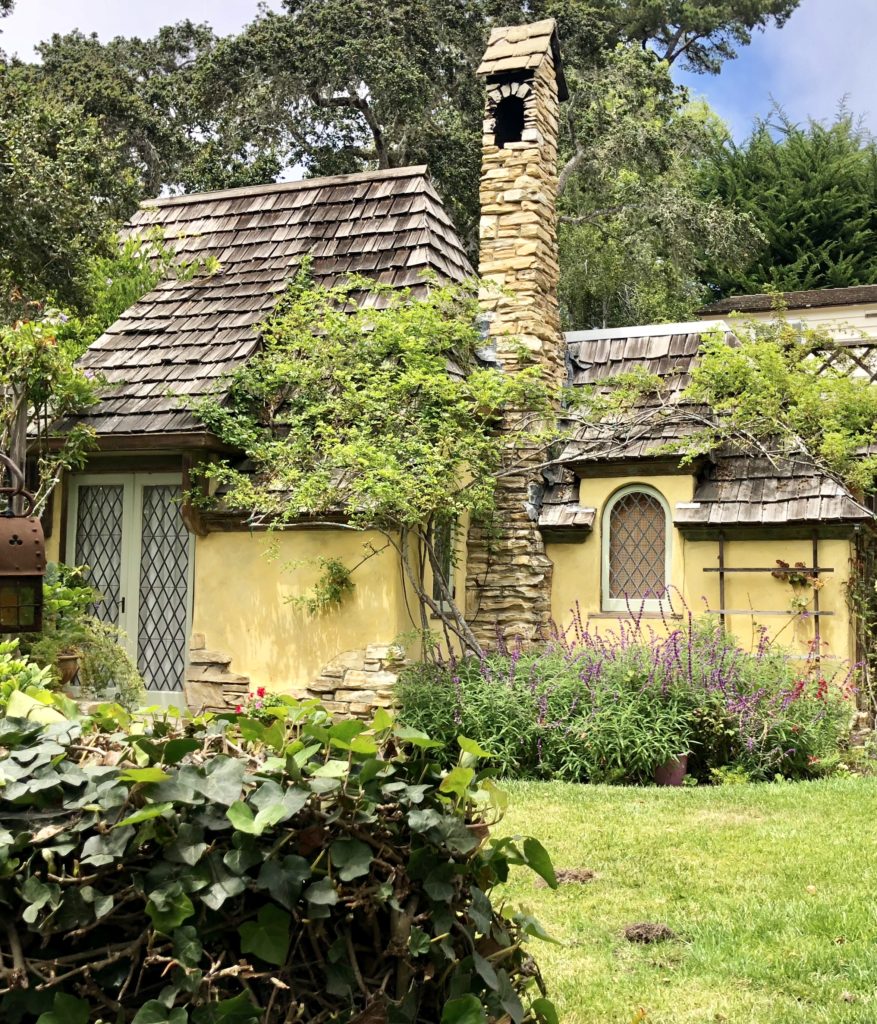
The “Marchen-Haus”, built in 1928, was Comstock’s largest cottage.
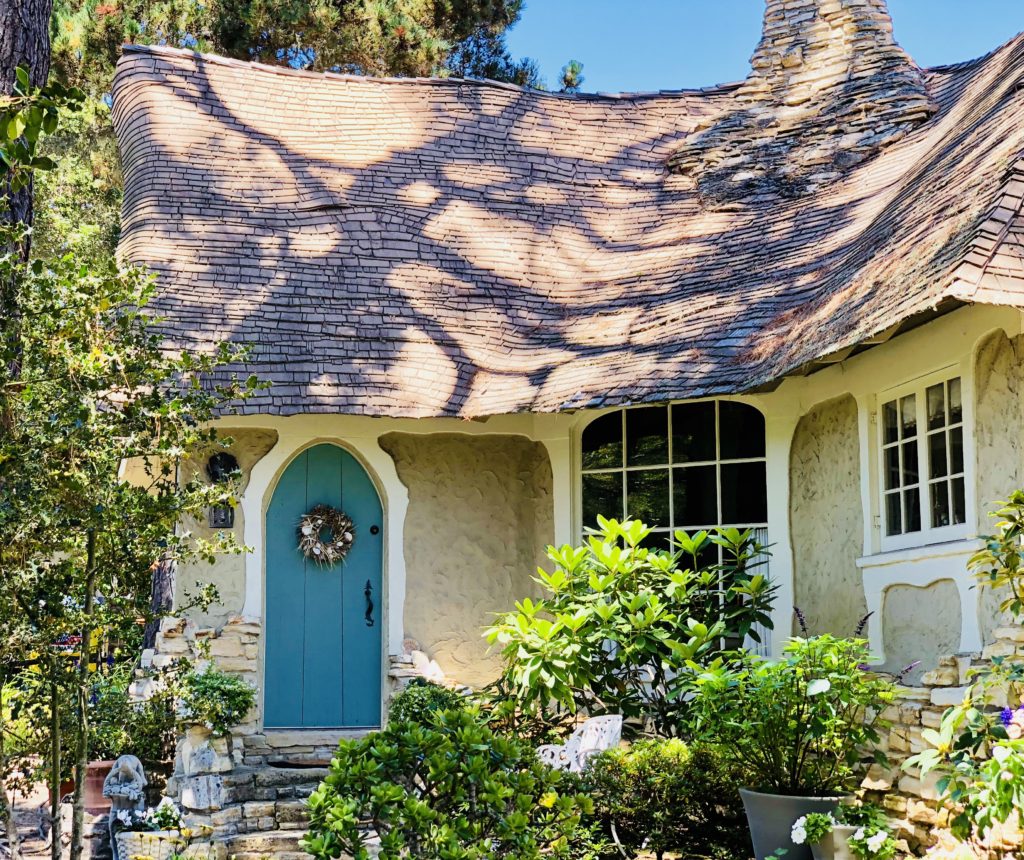
The Tuck Box was the only property Comstock built for commercial use. It is now used as a tea room; see The Tuck Box: A Fairy Tale Tea Room in Carmel-by-the-Sea

Comstock’s cottages became the local rage, and other builders soon followed suit. The Cottage of Sweets was built in 1922 and served as a weaving shop, ticket booth for theatres, a dress shop, and finally, a candy store. The pink cottage next to it was based on illustrations from a Swedish folktale book and included miniature turrets and stucco tiles above the windows.

This Tudor style cottage was built in 1925, and stands just east of the Candy Cottage.
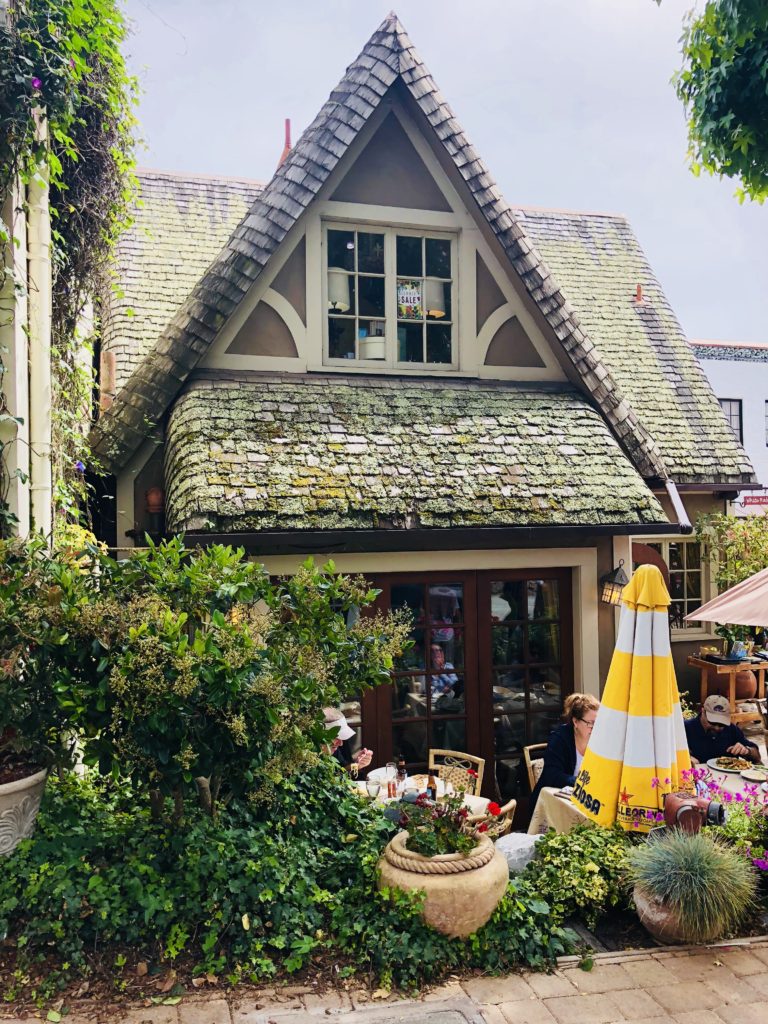
The French Country style Normandy Inn was built by architect Robert Stanton in 1924, and features a shake roof and half-timbering.
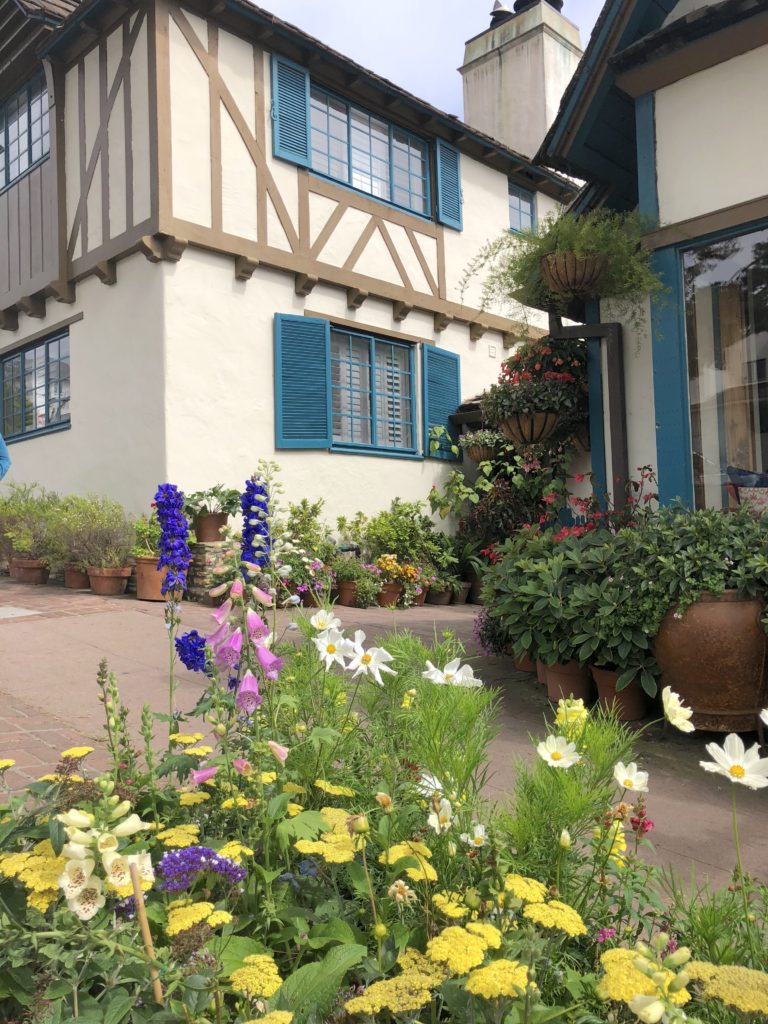
The original bohemian owners of many of these fairy tale homes may be gone, but their spirit of creativity, individualism, and beauty remains.
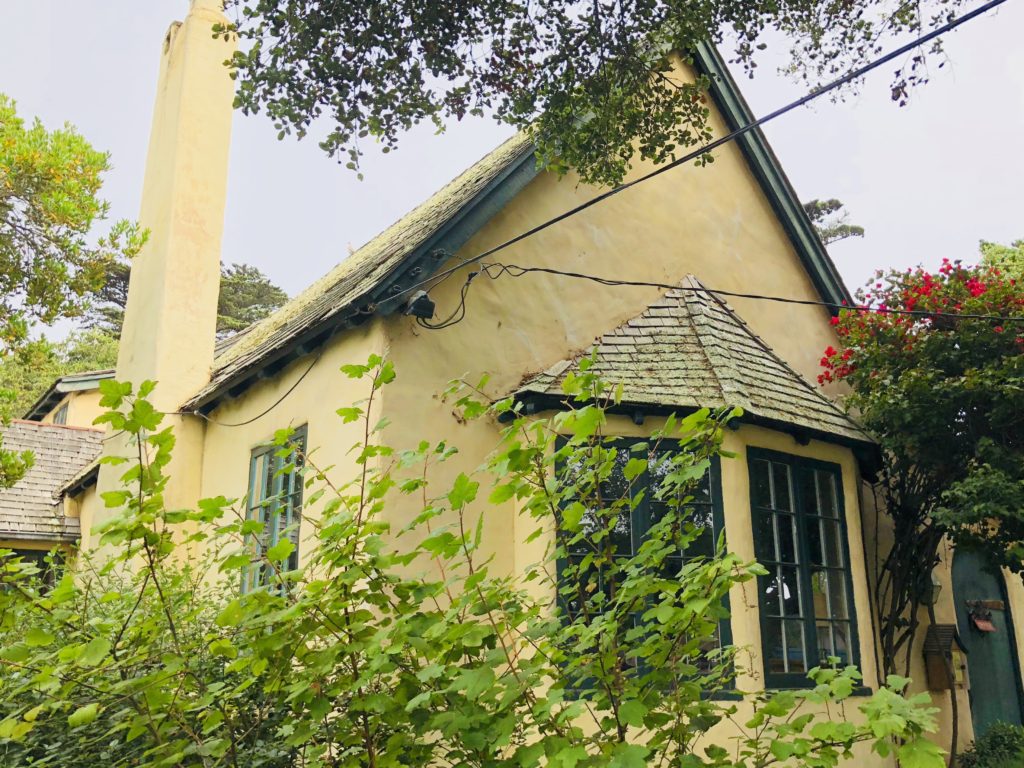
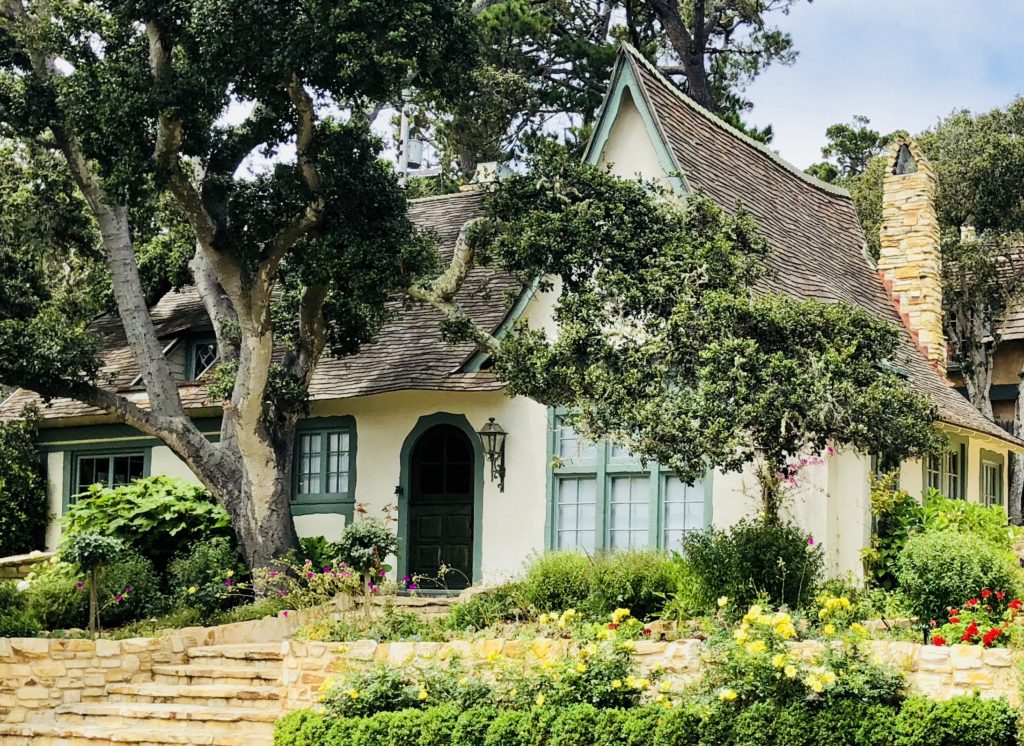
Carmel-by-the-Sea began as a refuge for dreamers, artists, and story-tellers. Houses here do not have numbers, but rather, names, in order to support a sense of community and personal identity.
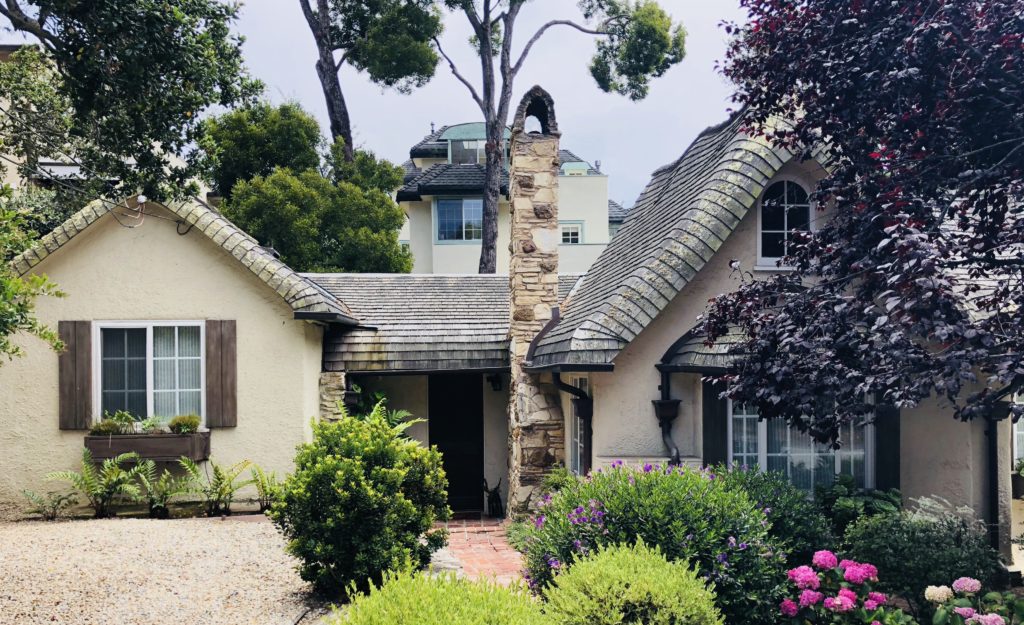
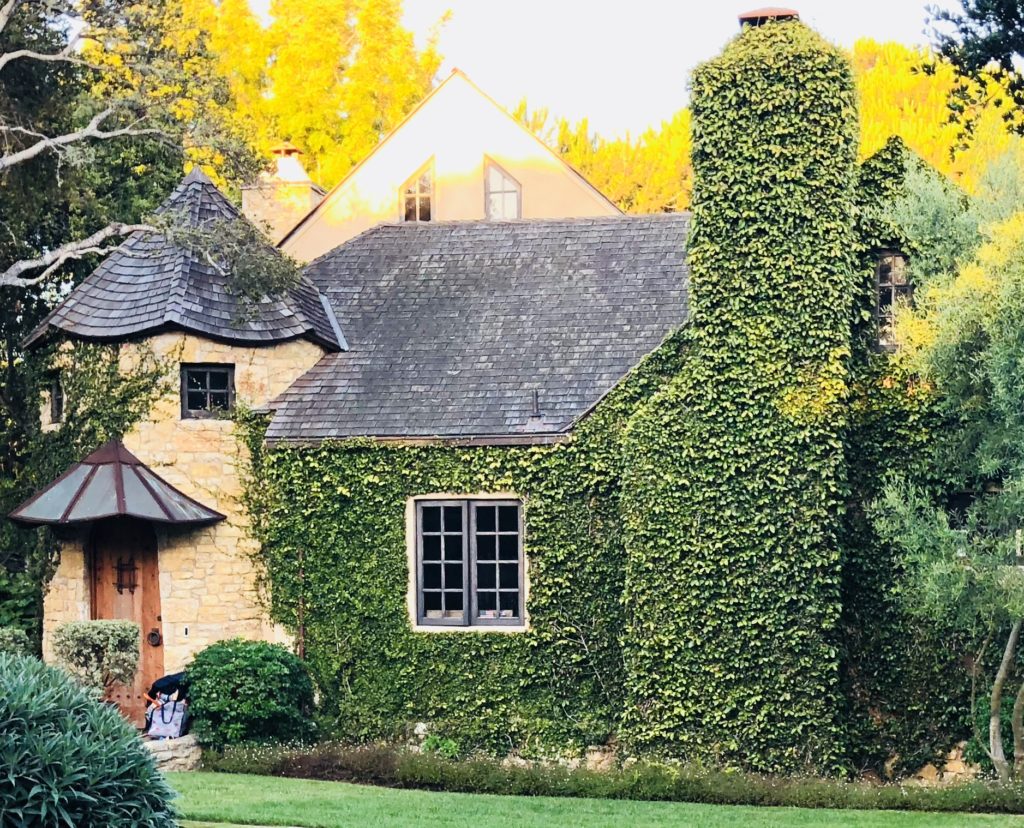
Crafted from local materials, and with lovely imperfections, the homes here look like something from Grimm’s Fairy Tales. You almost expect Snow White & The Seven Dwarves to appear in the cottage below, or Rapunzel to let down her hair from the stone tower in the cottage above.
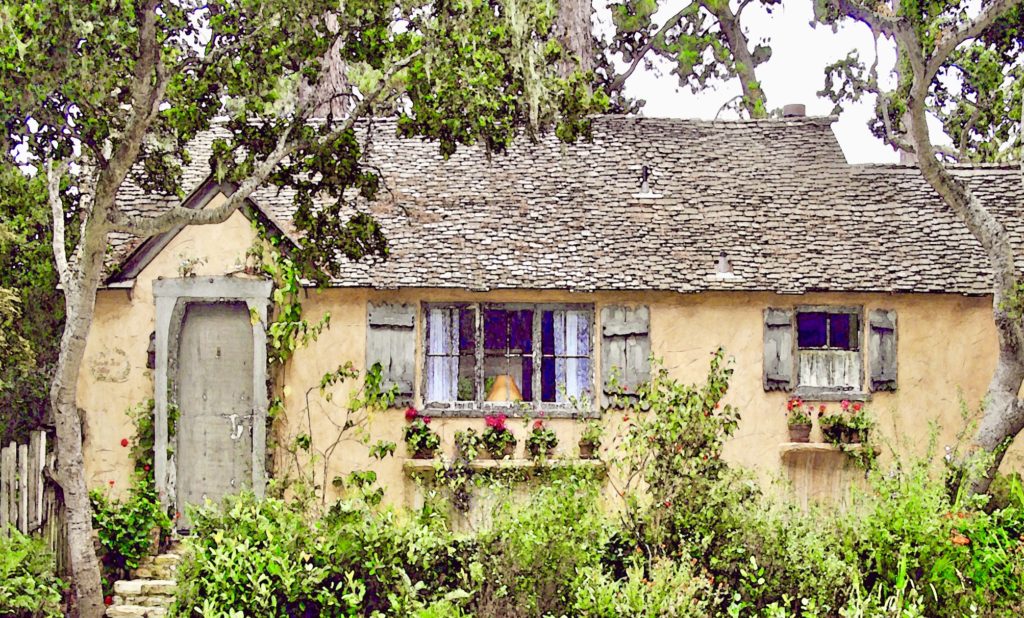
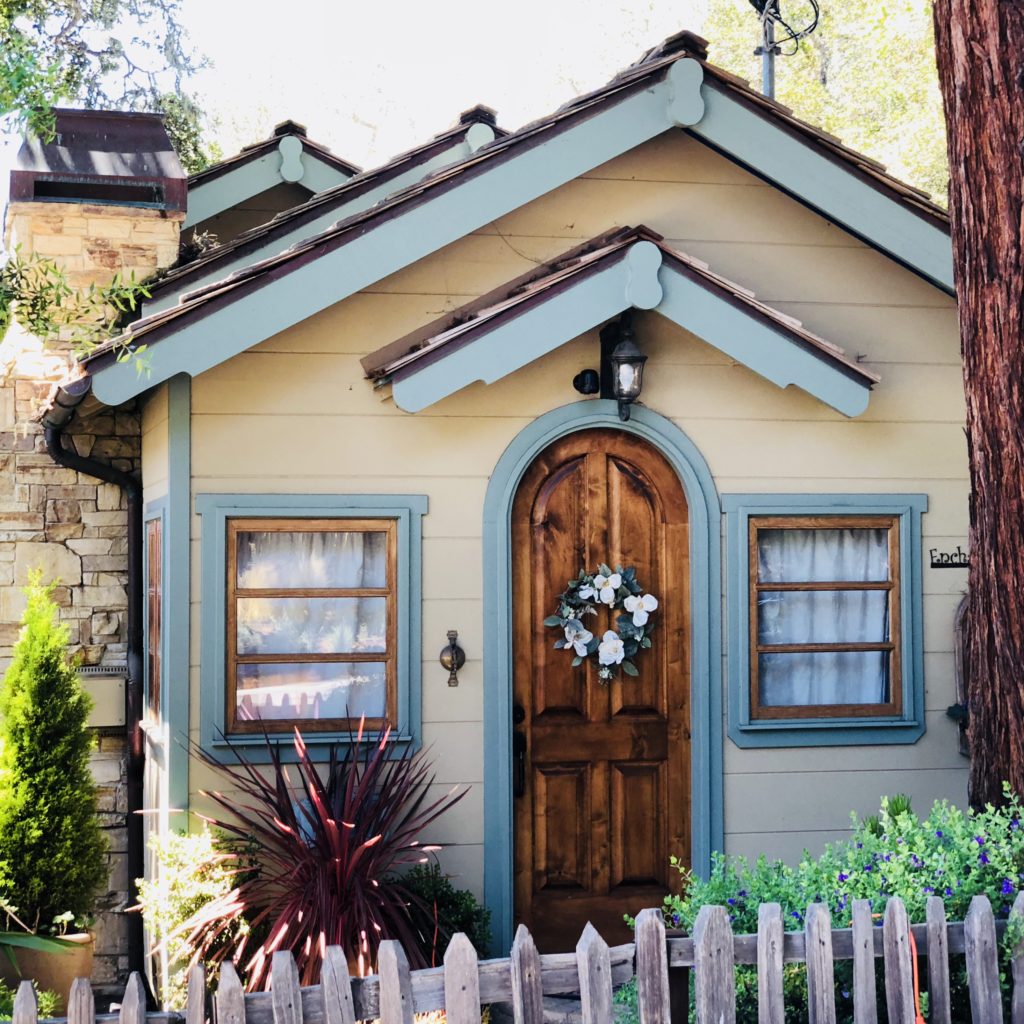
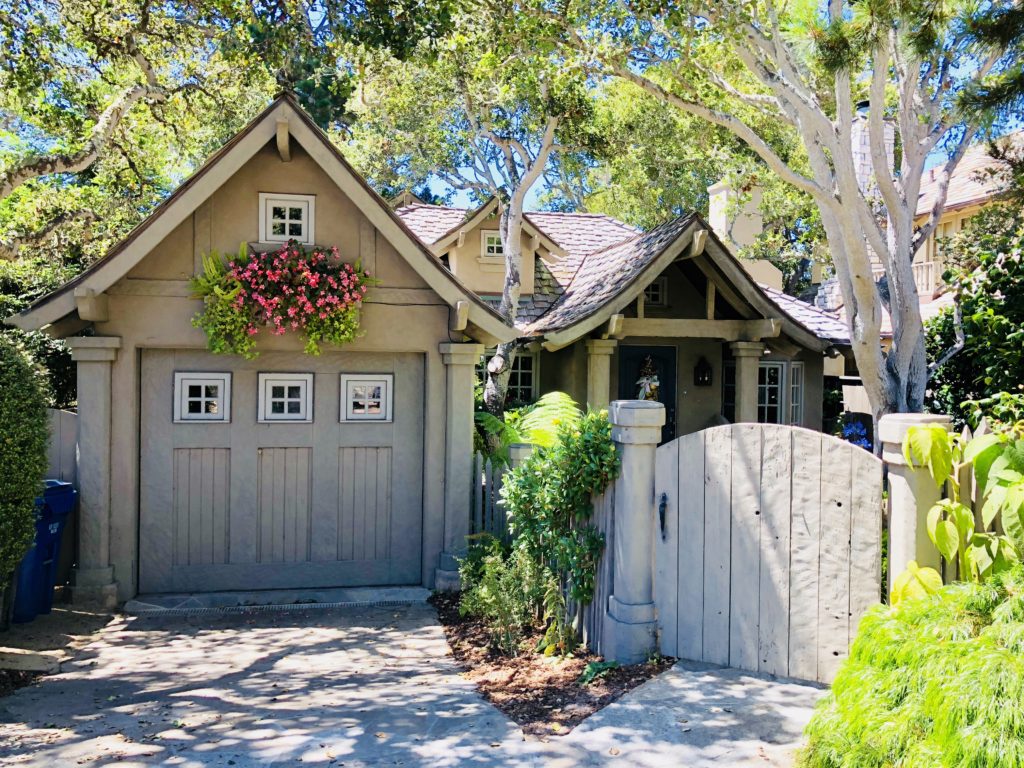
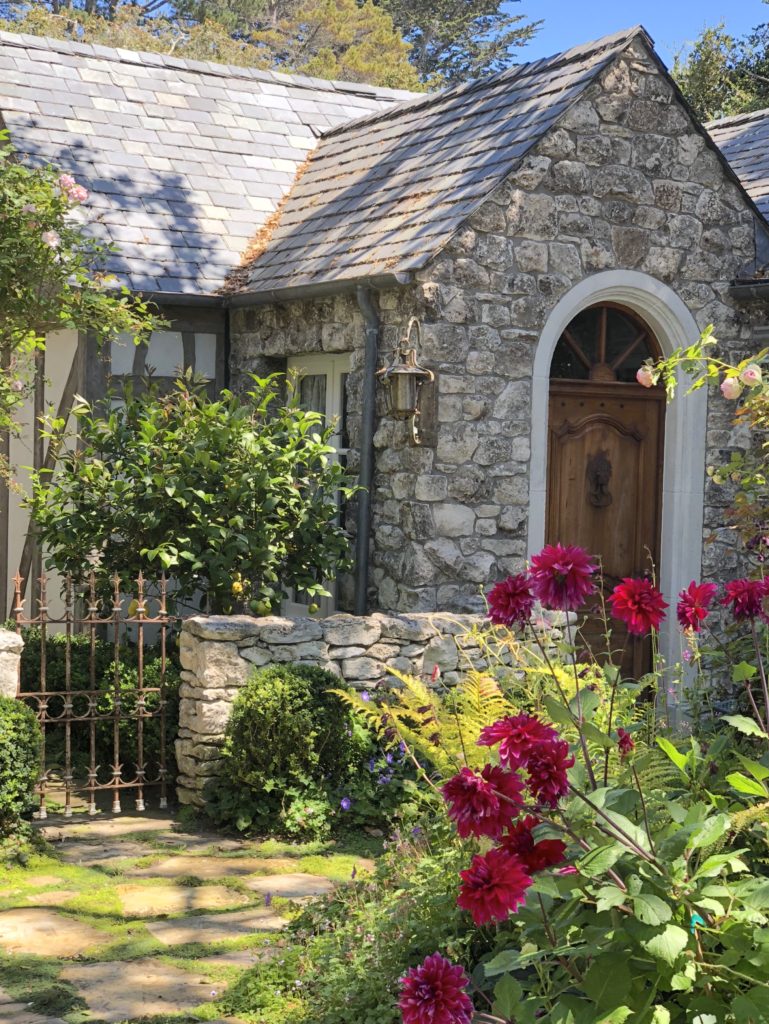
If you visit Carmel-by-the-Sea, I highly recommend that, in addition to visiting the beach and local shops, you take time to slowly meander along the byroads and quiet side streets. You never know where your explorations will lead and what you will find, but most certainly, your fairytale adventures in Carmel-by-the-Sea will have a happy ending.
Thank you for visiting my blog! Wishing you peace, love, happiness, and beautiful vistas!